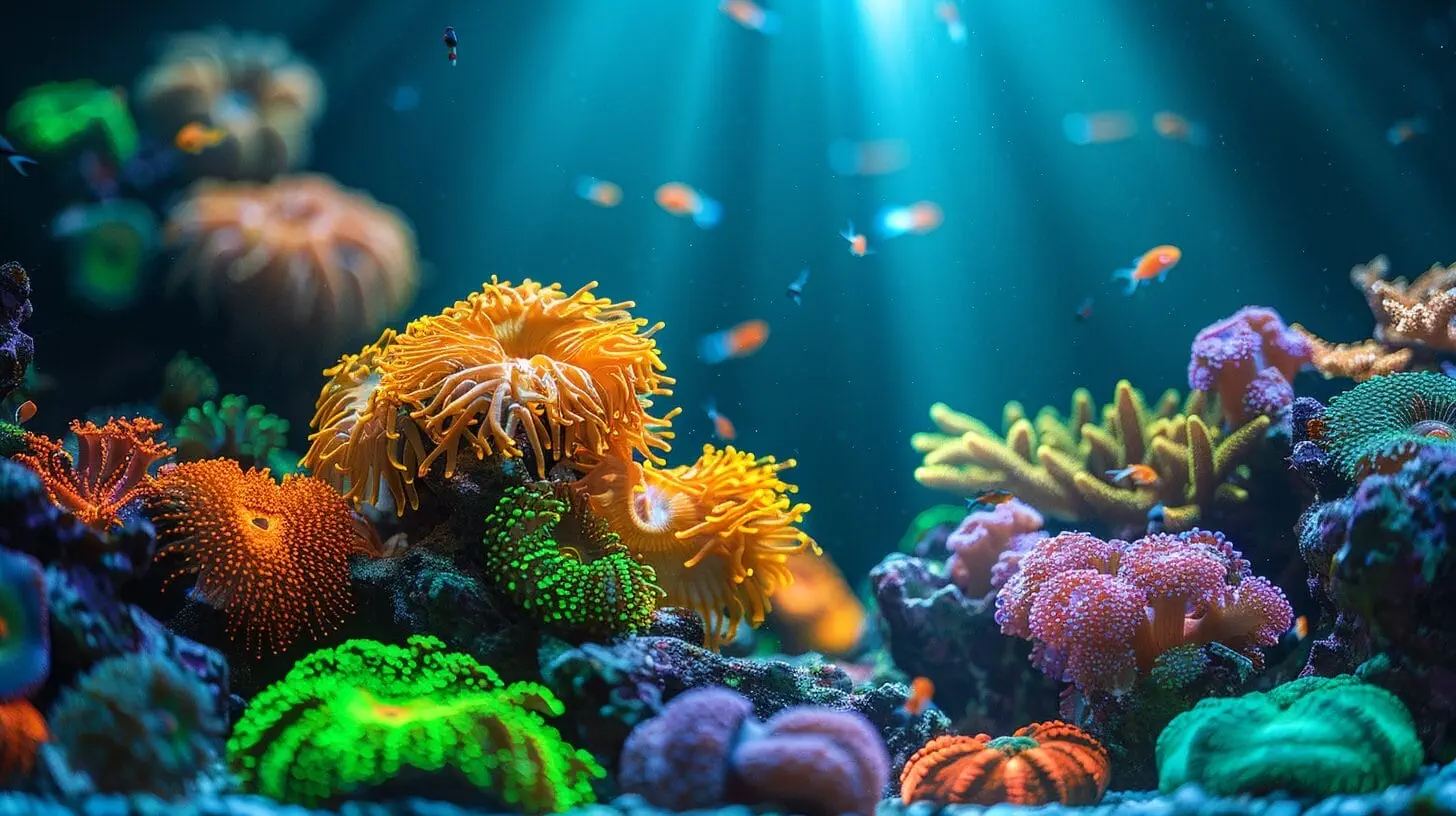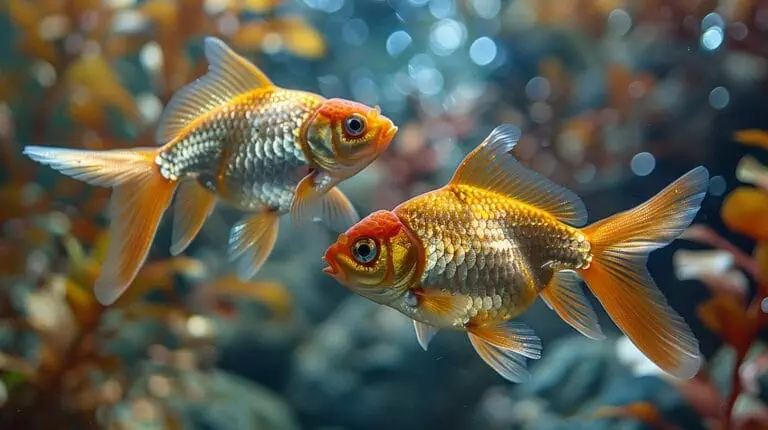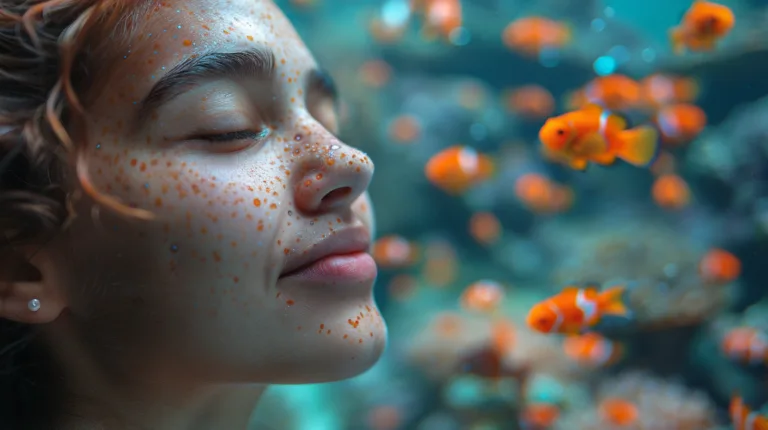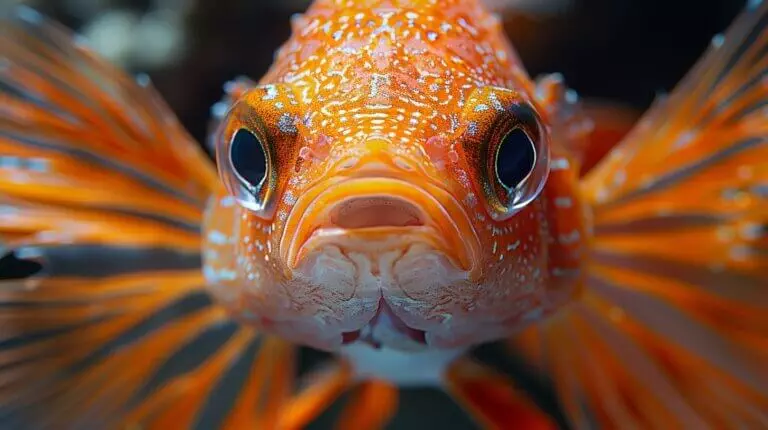Struggling with green hair algae in your reef tank? Wondering how to effectively remove and prevent its recurrence? Explore our Green Hair Algae Reef Tank guide for expert tips on tackling green hair algae issues and maintaining a thriving reef ecosystem. Whether you are a seasoned hobbyist or just starting out, our guide offers practical solutions and insights for dealing with this common nuisance. From proper lighting and nutrient control to using algae-eating organisms, we cover a range of strategies to help you combat green hair algae and maintain a balanced and healthy reef environment. Our tips also extend to ecofriendly fish tanks, ensuring that you can enjoy a beautiful and sustainable aquatic habitat for years to come. If you’re looking for the best products to use in your reef tank, our guide also includes recommendations for algae control products that are best for reef tanks. These products have been specifically formulated to target and eliminate green hair algae while maintaining the delicate balance of your reef ecosystem. By following our expert tips and utilizing the best products for reef tanks, you can effectively manage green hair algae and create a thriving environment for your marine inhabitants.
Key Takeaways
- Regular maintenance and monitoring crucial for algae control.
- Balance nutrients and lighting to prevent algae outbreaks.
- Introduce algae-eating fish and invertebrates as natural predators to ensure a sustainable method for managing green algae and other forms of algae.
- Use chemical treatments or manual removal methods when necessary.
- Implement proper filtration and feeding schedules to deter algae growth.
Understanding the Causes of Green Hair Algae in Reef Tanks

Green hair algae thrive in specific conditions, with lighting and nutrients playing critical roles. In reef tanks, light is essential for the survival of coral and other organisms, but it can inadvertently fuel algae growth if not properly regulated.
Similarly, excess nutrients, like nitrates and phosphates, serve as fertilizers for algae, leading to rapid proliferation. It’s crucial to manage these levels to make sure different forms of algae are kept in check.
Maintaining the balance of lighting and nutrients in a reef tank is a delicate task. Overexposure to light or an imbalance of nutrients can create an ideal environment for green hair algae. Careful monitoring and control of these factors are essential in preventing algae outbreaks.
Investigating the Impact of Green Hair Algae on Reef Tanks

Green hair algae can have detrimental effects on the health of a reef tank ecosystem. This persistent algae competes with coral for essential nutrients and can smother coral, leading to their decline. This not only disrupts the aesthetic appeal of the tank but also threatens the overall health of the ecosystem.
Moreover, green hair algae can outcompete beneficial organisms like coralline algae, which play a crucial role in maintaining the health of a reef tank. Therefore, it’s vital for reef tank enthusiasts to actively manage and prevent the overgrowth of this algae to maintain a balanced ecosystem.
Exploring Natural Predators that Eat Green Hair Algae in Reef Tanks
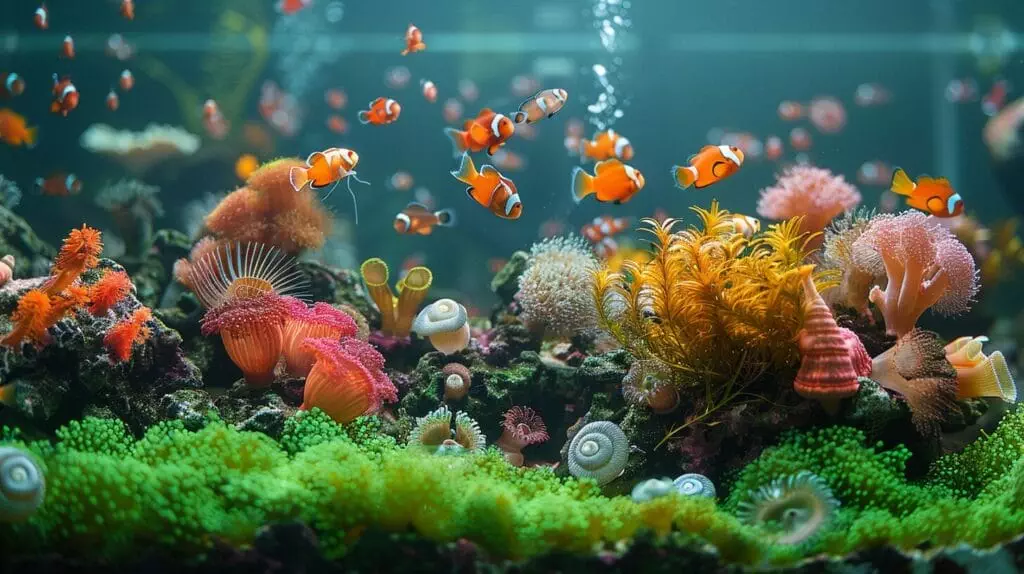
Introducing natural predators that consume green hair algae can be an effective strategy for maintaining balance in a reef tank. Algae-eating fish, such as certain species of tangs, blennies, and rabbitfish, are known to help control algae growth. Additionally, invertebrates like hermit crabs, snails, and sea urchins can assist by consuming algae as part of their diet.
However, it’s crucial to consider the potential downsides of this approach. Some algae-eating fish may require specific tank conditions or dietary supplements to thrive. Overstocking the tank with these predators could also lead to aggression or competition for food. Therefore, researching the compatibility and care requirements of these species is crucial for successfully implementing them as an algae control solution.
Effective Treatment and Products for Green Hair Algae in Reef Tanks

Chemical treatments or physical removal methods can be highly effective in combating green hair algae. Algae control solutions containing ingredients like potassium permanganate or hydrogen peroxide can help eradicate this pesky algae. However, it’s crucial to follow dosing instructions carefully to prevent harm to other tank inhabitants.
Manual removal of green hair algae can also be an effective method to kill the algae and prevent its return. Regularly scrubbing the algae off rocks, substrate, and tank walls can help keep its growth in check, ensuring different forms of algae do not outcompete beneficial macroalgae. Additionally, maintaining proper phosphate levels in the tank is vital, as high phosphate levels can fuel algae growth. Efficient filtration and regular water changes can help maintain these levels and prevent algae outbreaks.
Can Bristle Worms in a Reef Tank Cause Green Hair Algae and How to Prevent It?
Yes, dealing with bristle worms in a reef tank can lead to green hair algae. To prevent this, maintain good water quality, limit feeding to reduce excess nutrients, and manually remove the worms. Additionally, adding herbivorous fish or invertebrates can help keep algae under control.
Preventative Measures to Stop Green Hair Algae Growth in Reef Tanks

To prevent green hair algae growth, regular maintenance practices and nutrient level balance are fundamental. Consistent water changes and cleaning of equipment help reduce excess nutrients that algae thrive on. Maintaining an appropriate feeding schedule for fish and corals and ensuring adequate water flow within the tank can also help inhibit algae growth.
Regularly monitoring water parameters is vital for early detection of any imbalances that could lead to algae blooms. By implementing these preventative measures, you can maintain a healthy and thriving aquatic environment.
Conclusion
Overall, dealing with green hair algae in a reef tank can be frustrating, but with proper understanding of the causes, impacts, and solutions, it’s manageable.
By utilizing natural predators, effective treatments, and preventative measures, you can keep your reef tank clean and thriving.
Remember to stay proactive in monitoring and maintaining your tank to prevent the growth of green hair algae in the future.
Frequently Asked Questions
How does green hair algae grow in a reef tank?
Green hair algae in a reef tank typically grows due to high levels of nitrate and phosphate in the aquarium water, creating an ideal environment for the algae to thrive.
What are the causes of green hair algae in a fish tank?
Green hair algae in a fish tank is commonly caused by excess nutrients like nitrate and phosphate, poor water quality, and lack of proper maintenance.
How can I get rid of green hair algae that grows in my aquarium?
To get rid of green hair algae in your aquarium, you can manually remove the algae using a toothbrush or scraper, perform regular water changes, and ensure proper filtration to reduce nutrient levels.
What are some recommended methods to prevent green hair algae from forming in a reef tank?
To prevent green hair algae in a reef tank, you can control nutrient levels by monitoring nitrate and phosphate levels, maintain good water quality, introduce algae-eating fish or invertebrates, and ensure proper tank maintenance.
How do I remove excess green hair algae growing on aquarium glass?
You can use an algae scraper or magnetic cleaner to remove excess green hair algae growing on the aquarium glass. Regular cleaning and maintenance will help prevent algae buildup.

